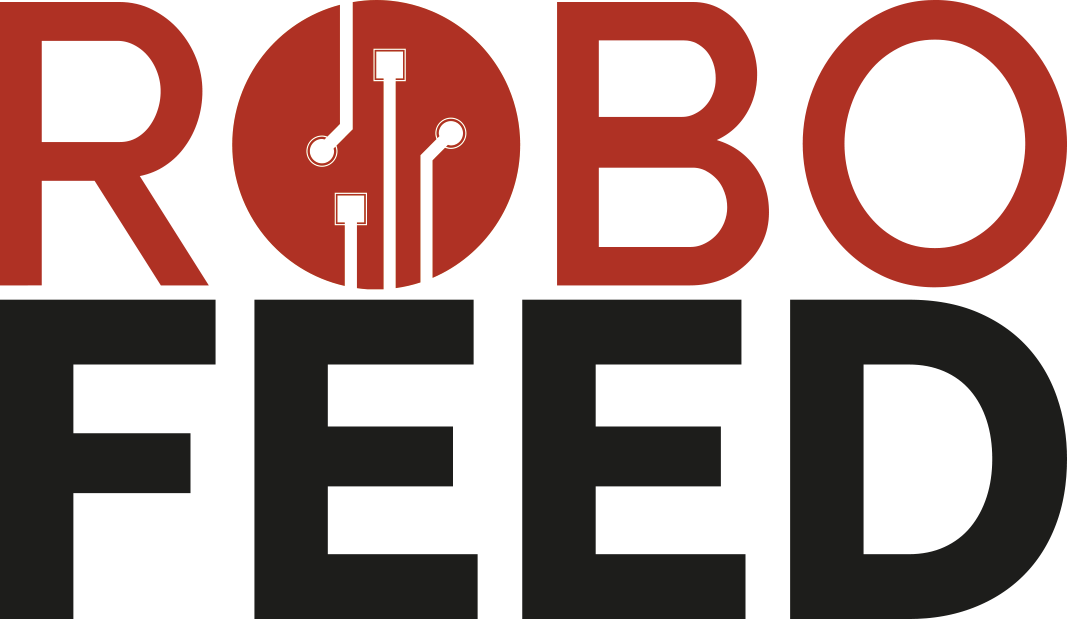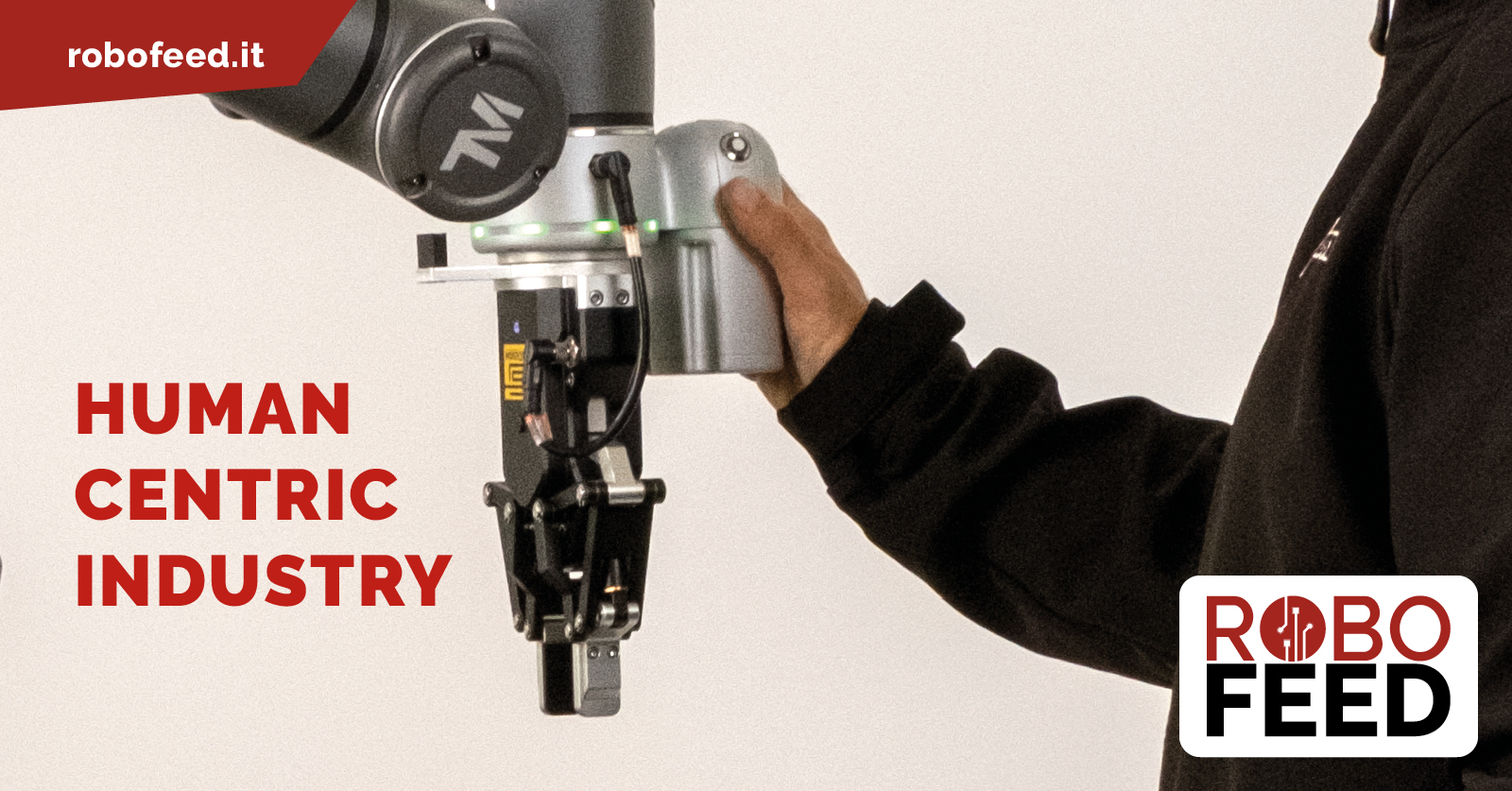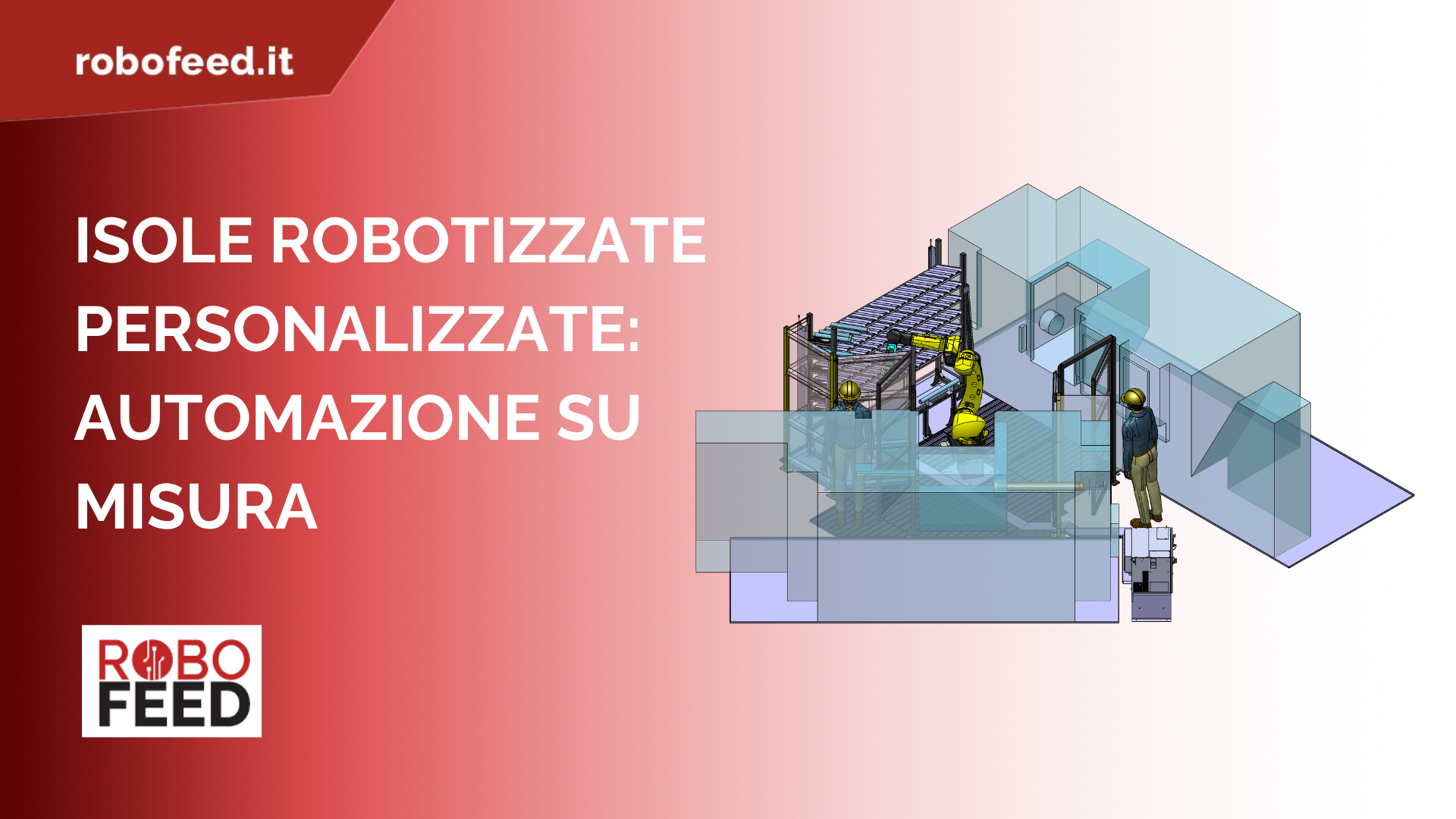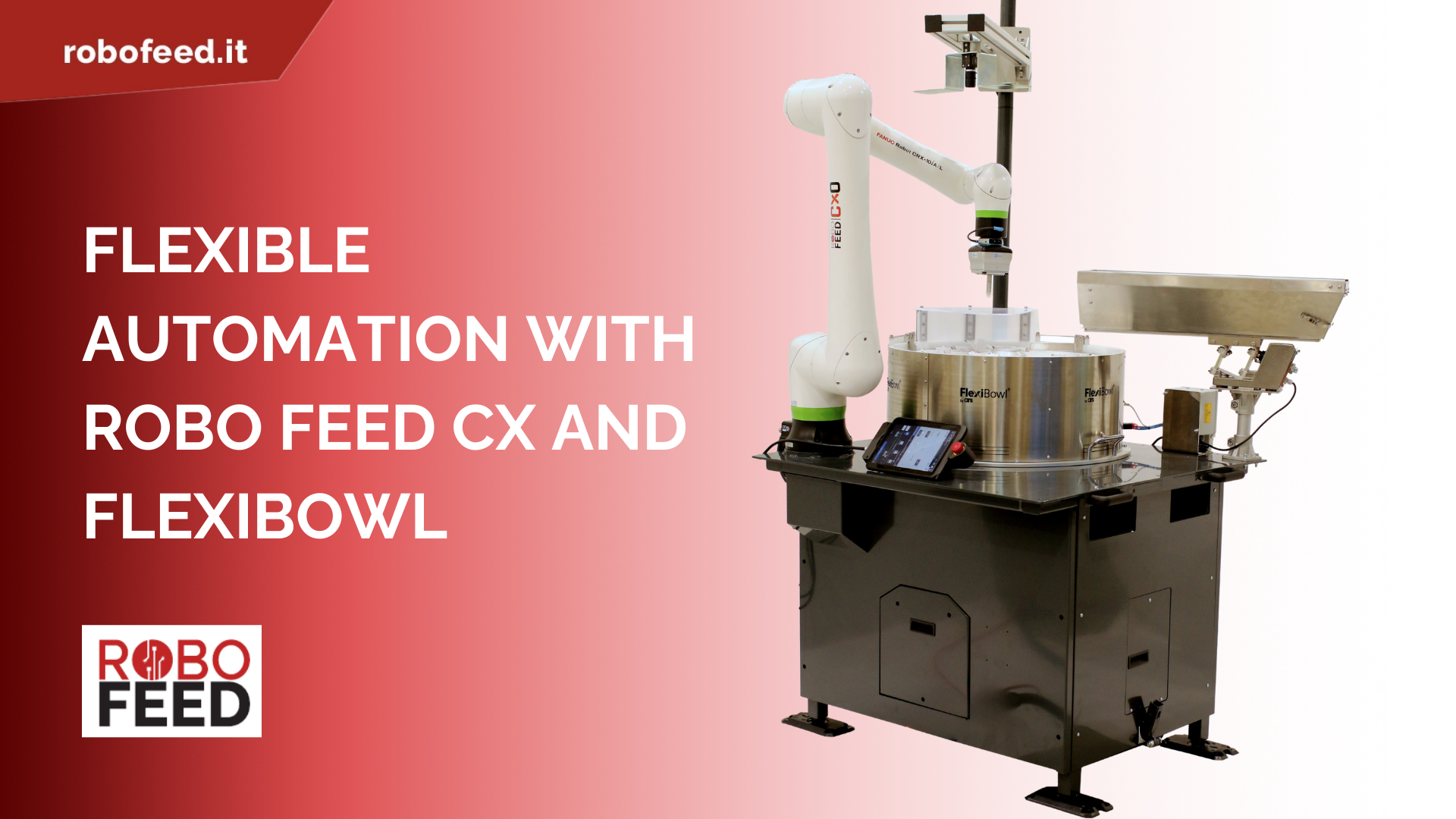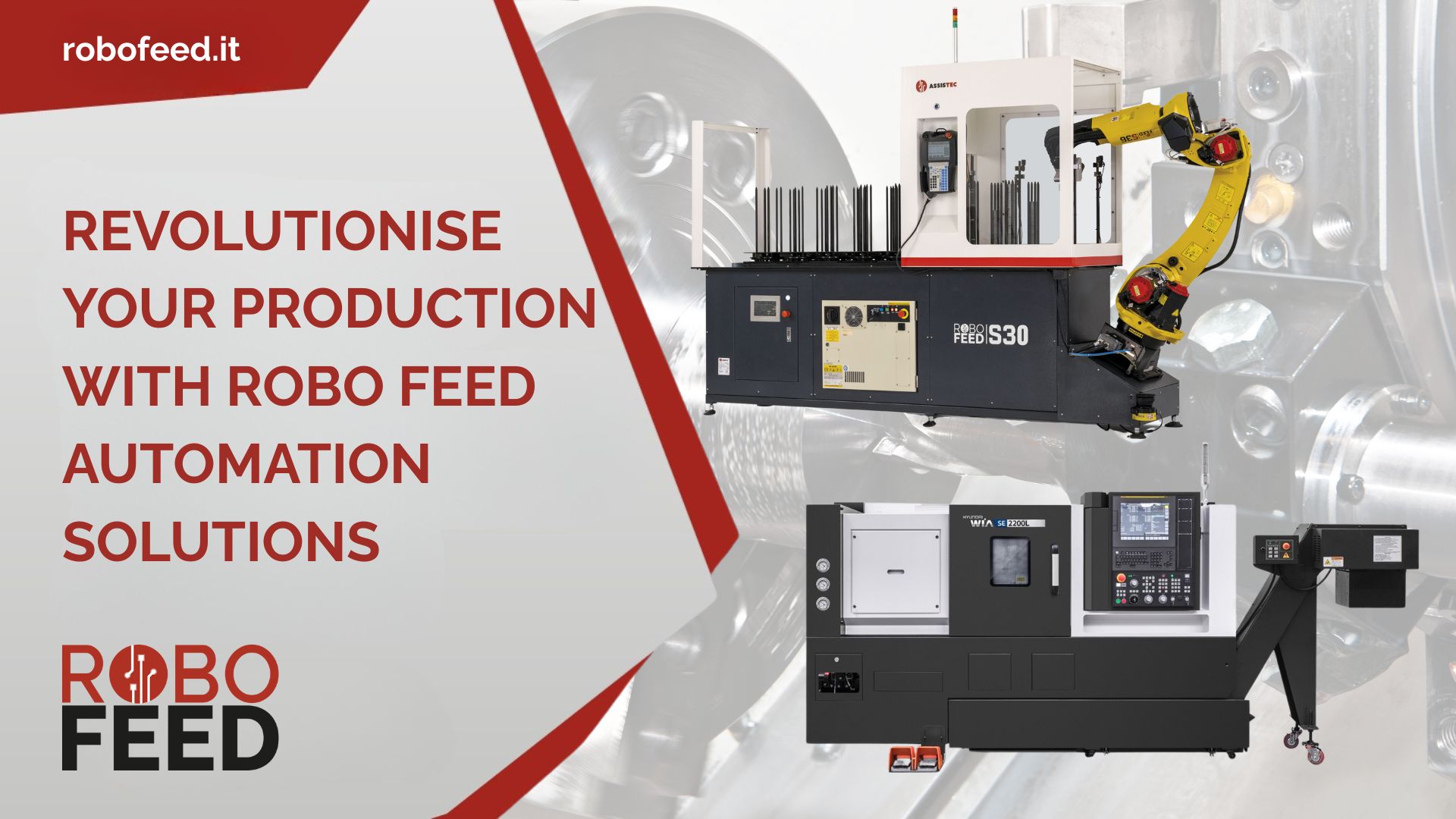The concepts of “human-centric” and “Industry 5.0” are becoming more and more common in business and production organisation. What exactly is it?
Let’s go in order. Anthropocene, coined by Paul Crutzen, signifies a new epoch marked by the profound impact of human activities on the earth’s climate and ecosystem, causing significant changes in the planet’s physical, chemical and biological systems.
This assumption gives birth to the theory of anthropocentrism, which places humans at the centre of the universe.
This “human-centric” approach is also found, with the due proportions, in the paradigm of the new Industry 5.0, built on three pillars:
- human centricity
- resilience
- sustainability
Industry 5.0 was created to address issues left unresolved by the previous model, particularly issues related to environmental impact and inequality in the workplace.
The main objective goal, however, is to establish a structure known as Collaborative Industry, which hinges on the cooperation between humans and machines. This model aims to provide consumers with highly customised products that align closely with their individual needs, all while ensuring complete eco-sustainability.
Human-centric industry
The technological evolution of accessible tools must thus be accompanied by a corresponding evolution of the human factor. Rather than viewing human resources as merely an expense, they should be recognised as a strategic asset to be trained and enhanced.
In this context, “human-centric” becomes an approach that extends beyond the confines of the workplace to encompass society as a whole. In fact, by acknowledging the central role of humans, the aim is to achieve a balance between economic development, social well-being and environmental sustainability.
Industry 5.0 strives to deliver customised products to each consumer, an approach known as human-centric design. This approach begins by identifying the needs of end-users in order to design solutions tailored to their specific problems.
However, as we have seen, anthropocentrism serves as a crucial lens through which we understand the dynamics affecting both consumers and workers.
It’s no coincidence that many companies (e.g. human-centric manufacturers) have chosen to invest in the creation of manufacturing environments that prioritise physical, mental and emotional well-being, as well as the development of collaborative relationships among workers.
In theory, the concept of human-centred technology shares similar principles with human-centric manufacturing, but it differs in its practical implementation. It views humans as essential elements of the manufacturing process, making them responsible for the system. This is possible because the creativity and capabilities of the operator are acknowledged, investing in their training to develop their knowledge and skills, thus contributing to the creation of value.
What does human-centric mean for Assist-tec?
We find ourselves in a historical moment where automation has become the backbone of industry, leading to concerns about the diminishing value of the human element.
This perception also stems from a belief that, over the past decade, there has been an excessive focus on production efficiency, resulting in the relegation of worker safety and well-being to a secondary position.
Based on these assumptions, Assis-tec fully embraces the human-centric philosophy, viewing it as the true innovation for the future. The collaborative robots we manufacture are not intended to replace human workers but are designed and built with an approach that places people at the centre of the work activity:
- Sharing of spaces and tasks
- Safer and more comfortable working environments for employees
- Greater efficiency and productivity
This, automation becomes an intelligent application of technological advancement, serving as a tool that allows individuals to enhance and fully express their abilities.
Assis-Tec’s commitment to implementing the human-centric model is featured in the May issue of Automazione Integrata , published by TecnicheNuove. This publication provides news and trends in key sectors such as robotics and machinery design, assisting companies in effectively integrating different technologies to optimise their production processes.
Collaborative Robots and human-centric applications
How can the human-centric system be implemented in a sector like industrial automation?
Offering a technologically advanced and easy-to-program collaborative robot is not enough to make the operator’s job easier; we also need to consider ergonomics.
Robofeed Series C moves exactly in this direction. By mounting the FANUC CRX Cobot on a wheeled trolley, we achieve both mobility and flexibility while occupying minimal space.
Result: the robotic cell is compact and can be easily moved from one machine tool to another, enabling small production runs, saving space and allowing for manual operation when necessary.
Indeed, it’s essential to highlight that the cobot is equipped with cutting-edge components, including the Onrobot collaborative grippers, a versatile and extremely user-friendly tool for gripping workpieces.
All the decisions made during the design phase contribute to ensuring the safe and efficient integration of human labour with robotic cells, emphasising the importance of the operator and their potential.
Assis-tec and Industry 5.0
While Robofeed solutions were developed to simplify the implementation of the human-centric model and the 5.0 paradigm in other companies, we are also leading the way in incorporating this philosophy into our own manufacturing processes.
A concrete example of this commitment is the development of an integrated CRM (Customer Relationship Management) system, which not only manages customer relationships but also creates a structure capable of uniting all company departments in order to optimise internal processes.
The keyword here is cooperation, which involves the sharing of resources and is seen as a fundamental guideline for achieving greater operational efficiency.
The second aspect concerns training. In the context of Industry 5.0, it is essential to enhance the value of human resources by providing everything necessary for them to thrive in the workplace. Therefore, developing the skills of our team is critical to our business strategy.
At the same time, we provide our employees with all the necessary tools and resources to swiftly adapt and respond to new market challenges.
There is, of course, a strong emphasis on environmental sustainability, which can be seen in the use of eco-friendly components in our products (such as the new generation of Fanuc robots) and the presence of an in-house laboratory capable of regenerating all types of electronic spare parts.
In addition, the company’s headquarters has been specifically designed to reduce environmental impact. This includes the installation of photovoltaic systems, a high presence of glass surfaces to take advantage of natural lighting and the implementation of low-energy LED lighting systems throughout the facility.
There is also an active commitment to reducing plastic usage, facilitated by Culligan systems for micro-filtering water from the water systems.
The path towards full integration of the 5.0 transition plan is long, but by setting new goals every day, Assist-tec is confident that it is moving in the right direction.
